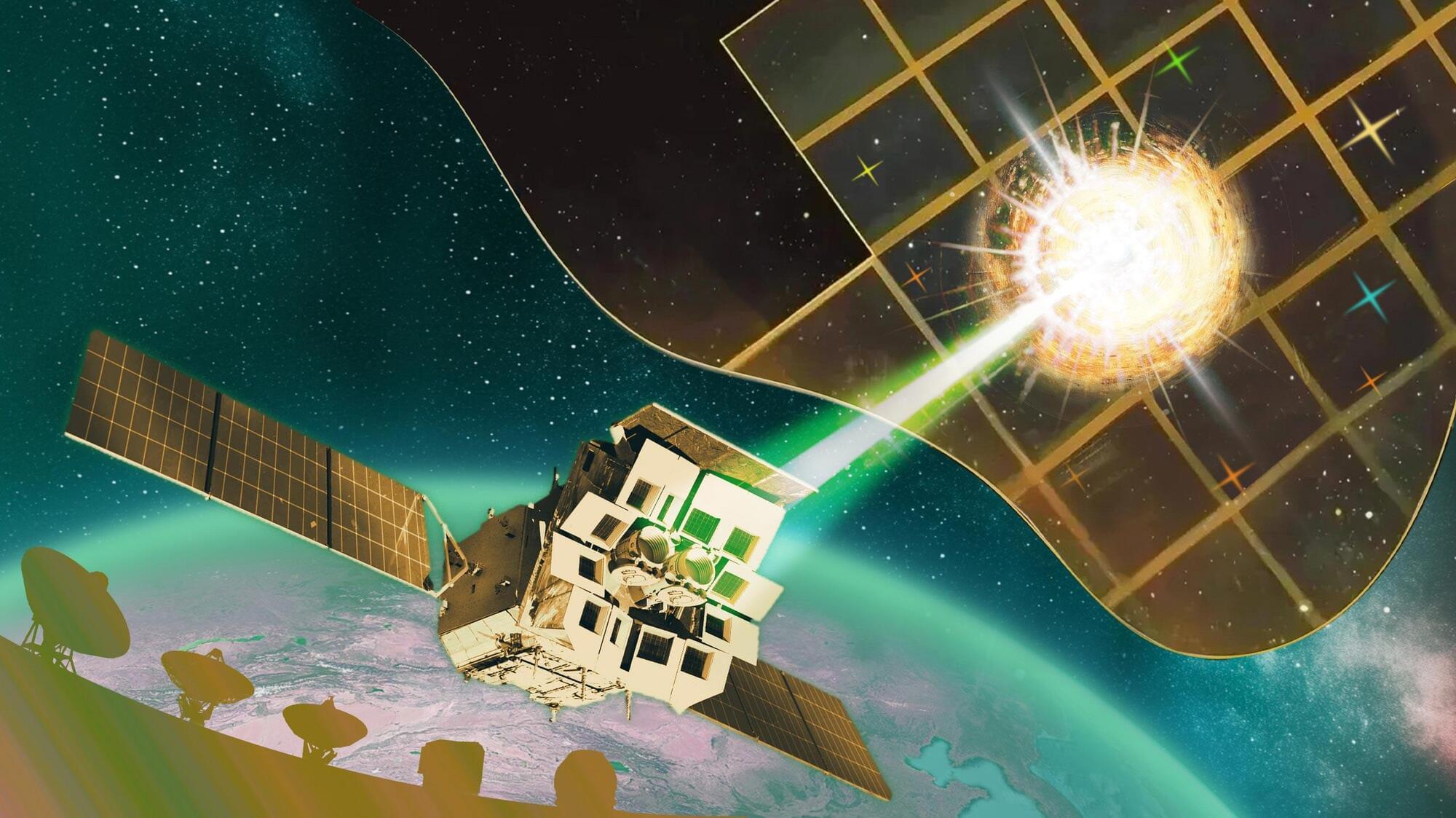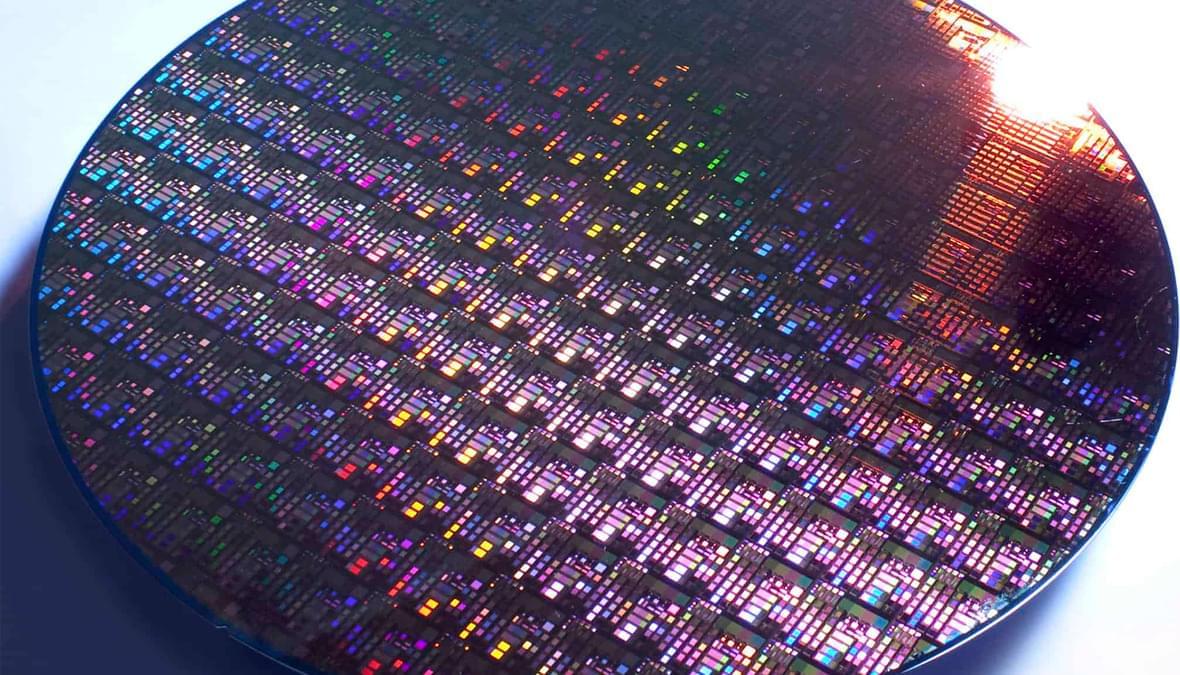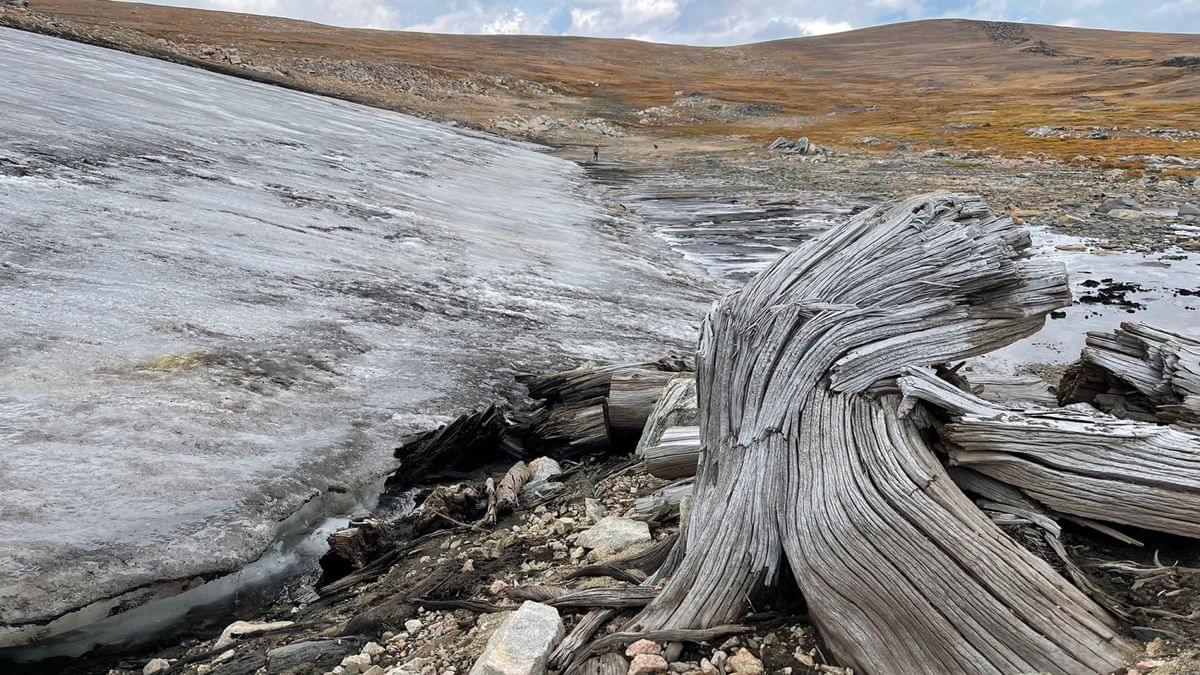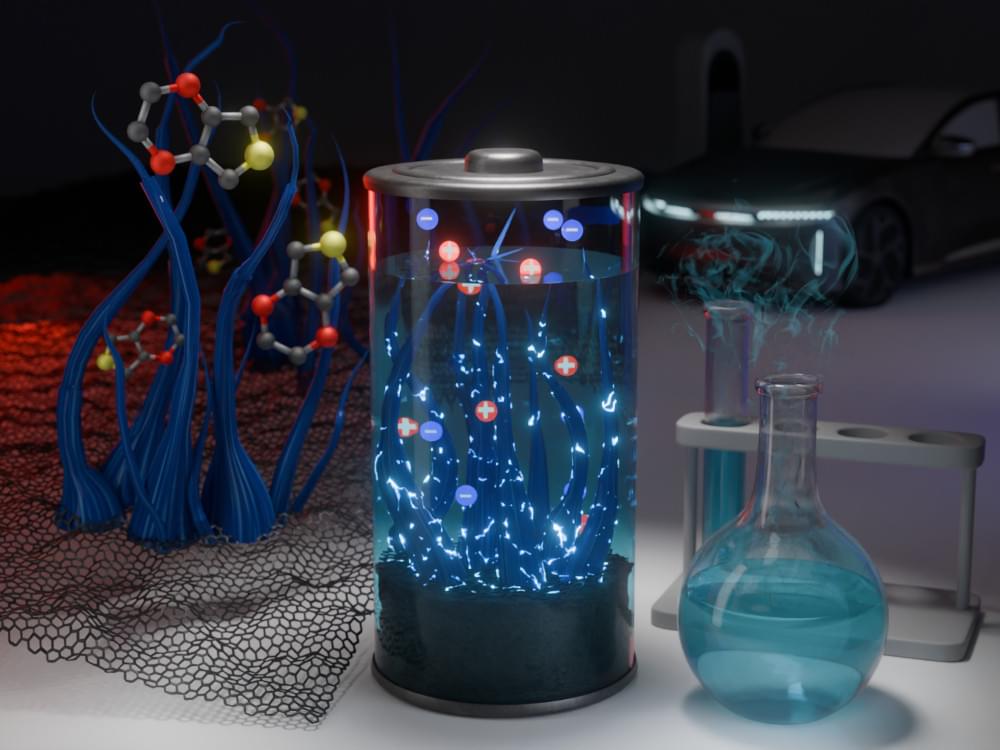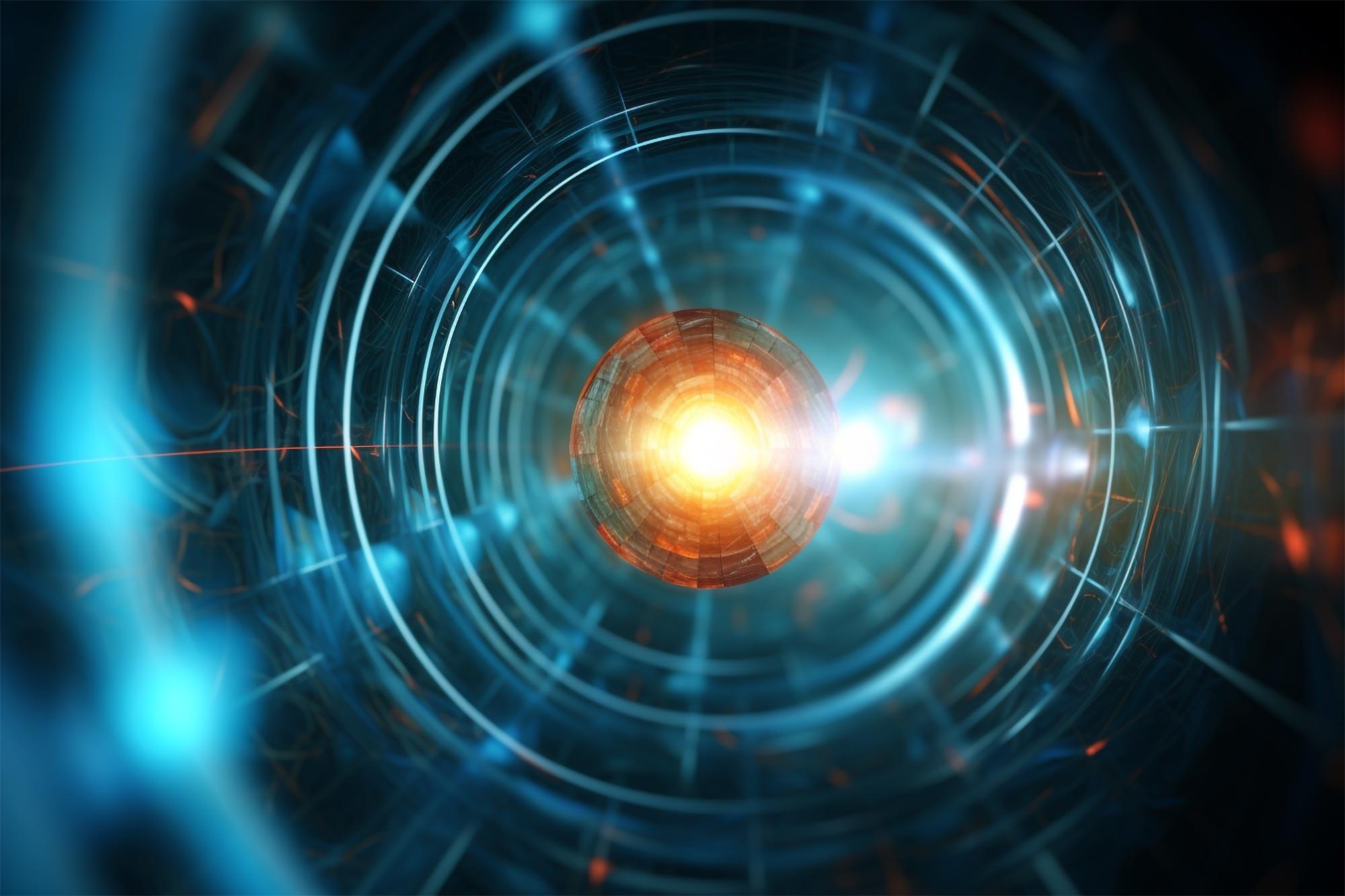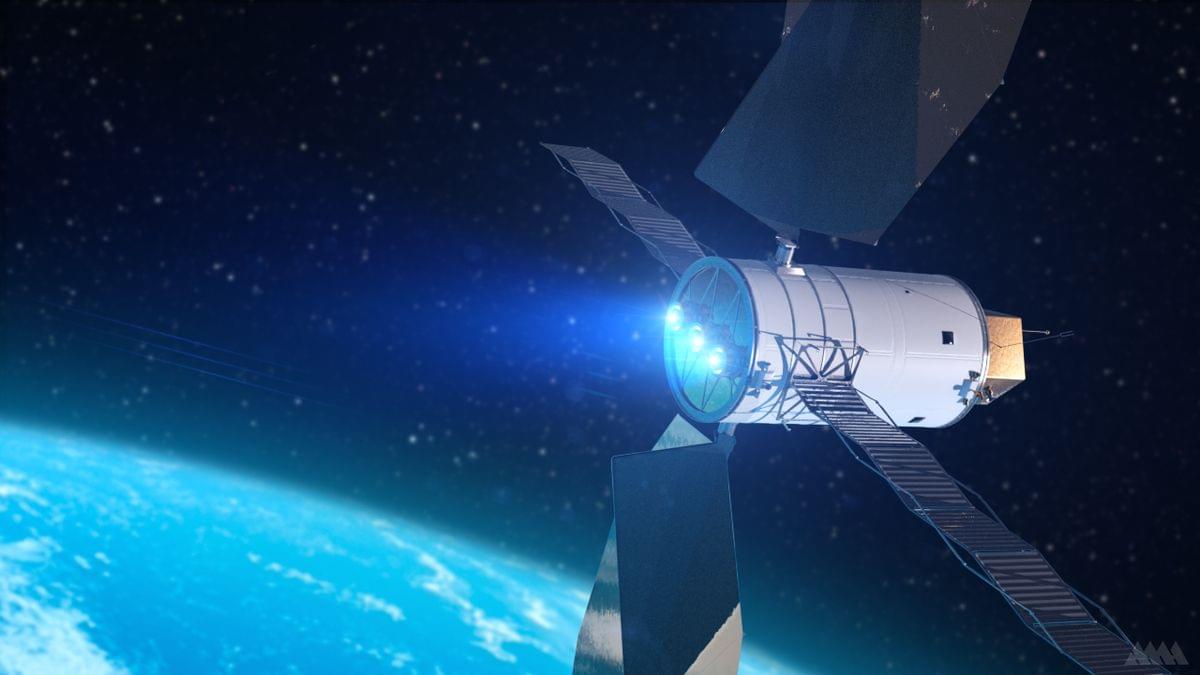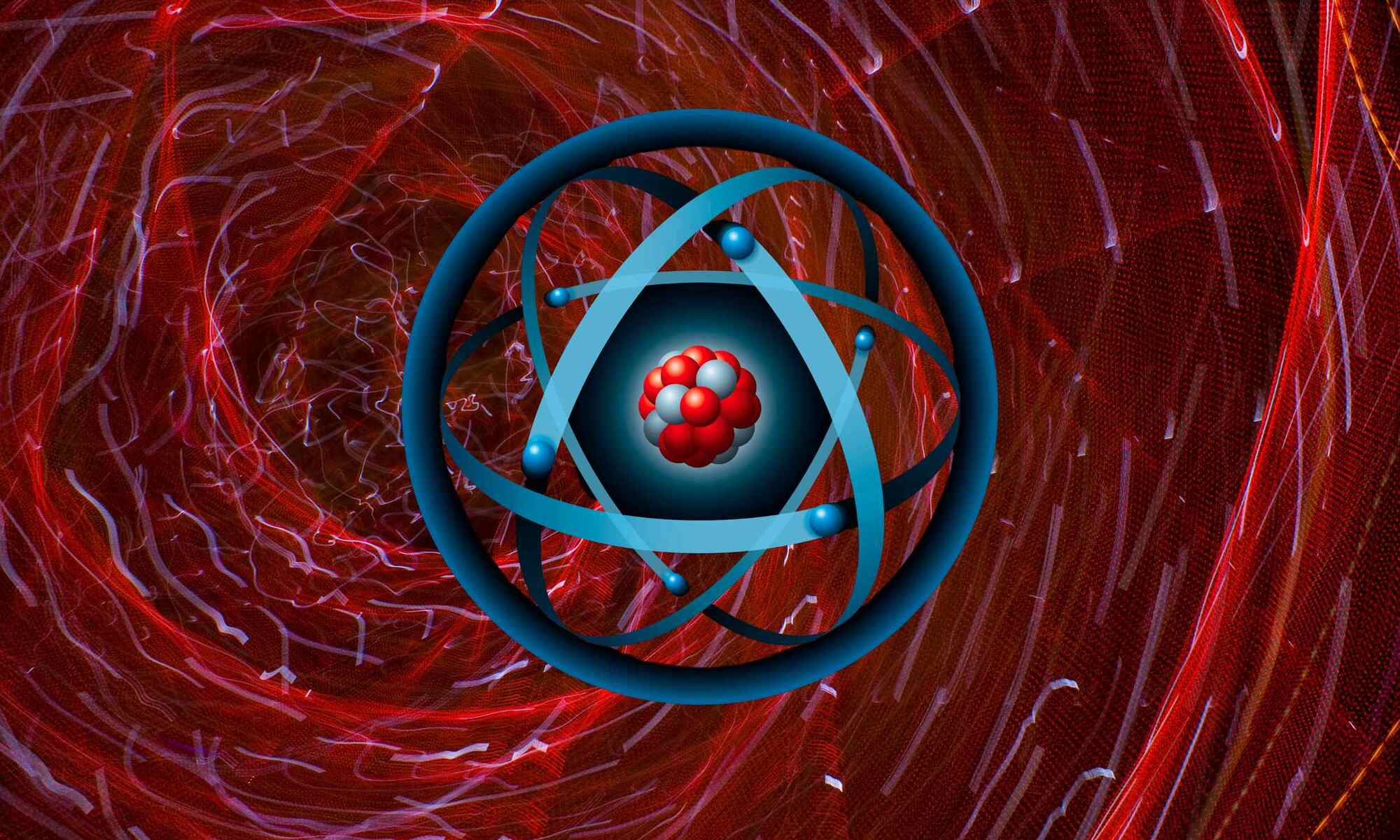The Einstein Probe is revolutionizing our view of the distant X-ray universe, offering an unprecedented look at some of the most powerful explosions in space.
Just under three months after its launch, the spacecraft has already made a groundbreaking discovery — an enigmatic burst of X-rays that could challenge what we thought we knew about gamma-ray bursts. This unexpected find hints at the possibility of reshaping our understanding of these extraordinary cosmic events and unlocking new secrets of the universe.
Unveiling a Cosmic Phenomenon.
